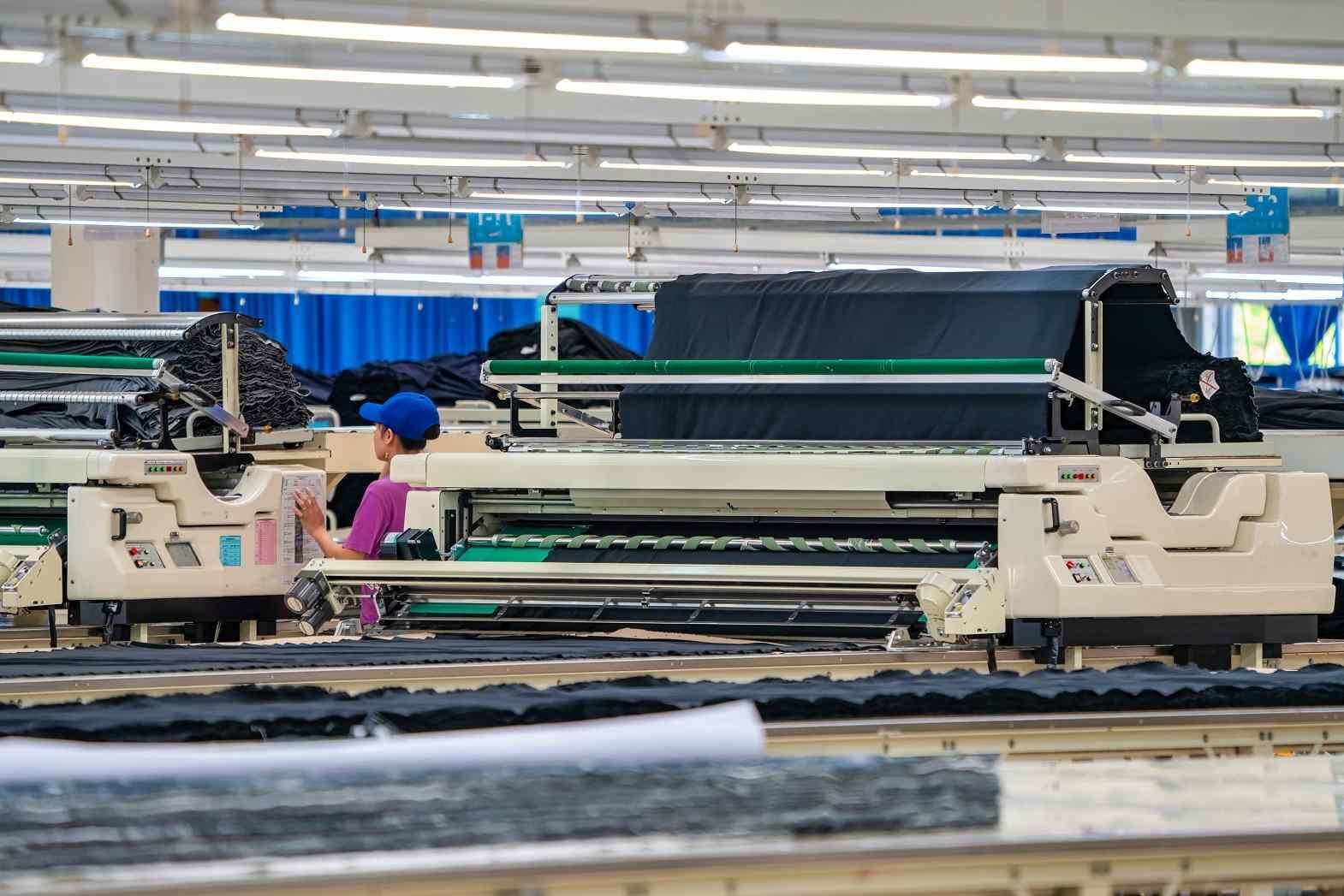As investment pours in forthe establishment of a complete local textile supply chain in order to makeVietnam-made garments comply with the TPP's yarn-forward rule, authorities arenow beginning to make tough choices and are even turning down FDI in textileprojects that are seen as environmentally precarious. This, along with thepledge made by some of the leading garment brands to eliminate pollution, wouldlead the sector to take an environmental turn, says
Thegarment sector of Vietnam, already the second-largest garment import source ofthe US, is all but certain to become the chief beneficiary of therecently-agreed Trans-Pacific Partnership (TPP) agreement. Its exports areprojected by the Vietnam Chamber of Commerce and Industry (VCCI) to grow toUSD40 billion in 2020, which would represent a whopping three-fold increasefrom 2013.
Butbetween today-when the sector primarily comprises cut-and-sew contractmanufacturers-and then, must come the establishment of a complete local textilesupply chain in order to make Vietnam-made garments comply with the TPP'syarn-forward rule requiring either local or TPP bloc-sourced content.
Asrapidly-increasing investment in highly-polluting production processes such as textiledyeing and finishing has been taking its toll on Vietnam's environment andpublic health, authorities there are now beginning to make tough choices. Atthe provincial and municipal levels, they have started turning down foreigndirect investment (FDI) in textile projects that are seen as environmentallyprecarious with Da Nang City, HaiDuong province in the north, as well as the southern provinces of
"Weare trying to develop tourism; so, of course we are trying to protect theenvironment," said Lam Quang Minh, Director ofthe Da Nang Investment Promotion Centre, in aninterview with fibre2fashion.com. "We have turned down several textile FDIcases because investors did not offer good solutions in terms of solid andliquid waste treatment," he said.
Lamadded that while Da Nang is home to a number ofgarment makers, it has virtually no upstream textile production. According tolocal media reports, Da Nang rejected textile FDIcases including one proposed by a textile & garment group from Hong Kongcapitalized at USD200 million and a 30-hecare textile & dyeing complexsuggested by a South Korean investor. In contrast, among the major textile FDIcases that did get the nod by Vietnamese authorities in the first half of theyear were the USD660 million Hyosung fibre processing project of a Turkishinvestor in Dong Nai province; a USD300 million
Vietnam's law on
environment from 2005 addresses environmental regulation of private sector
industries, but implementation, including permits, inspections and enforcement,
has been slow, according to the US-based Natural Resources Defence Council
(NRDC). This, said Linda Greer, director of Health Programs at NRDC, is a
factor at work in the recent situation, wherein the Red River Delta region
around Hanoi, which accounts for over a quarter of Vietnam's industrial output,
only 30 per cent of industrial wastewater is treated, leaving water supplies at
the mercy of the remaining 70 per cent.
Although not yet with the
same intensity seen at environmental protests in neighbouring China, Vietnam's
local governments are beginning to feel the heat of public protests, "whenever
industrial pollution is threatening health and the livelihoods of the
locals," observed a Hanoi-based officer at an embassy of a European
country. The officer felt that municipalities and provinces that turn down
textile FDI can afford doing so through the backing of a "National Green
Growth Strategy" decision implemented in 2012. "The Strategy laid the
foundation for the trend towards Vietnam's industrial parks focusing on light
industries and high-tech sectors," the officer explained.
That said, while on one
hand there are indications that an increasingly pro-environmental stance by
Vietnamese authorities may complicate the setting up of the rather-backward
linkages that the garment sector needs in order to make the most of TPP, on the
other there will hardly be significant pressure from the Vietnamese
garment-makers' foreign clients to tackle pollution issues, argued a UK-based
expert on global garment sourcing.
"Lax pollution matters
if you're a garment brand that pledged to eliminate it, because you're publicly
committed to examining levels of the supply chain earlier than the factory
you're buying from," said Mike Flanagan, CEO of Clothesource, a
consultancy working with prominent fashion retailers. "However, for most
other buyers, pollution is several stages away from the factory they're buying
- and they simply haven't got the resources to police the whole chain," he
added.
As to the garment brands that did pledge to eliminate pollution, so that they would likely not tolerate poor compliance by their Vietnamese garment contract manufacturers, Flanagan pointed at the Zero Discharge of Hazardous Chemicals (ZDHC) consortium comprising Adidas, Nike, Levi Strauss & Co, Puma, C&A, Esprit, G-Star Raw, H&M, Inditex, Jack Wolfskin, Li Ning, New Balance and other companies. Formed in 2011, following a series of Greenpeace reports about toxic chemicals in clothing, ZDHC plans to eliminate hazardous chemicals from their supply chains by 2020.







Comments